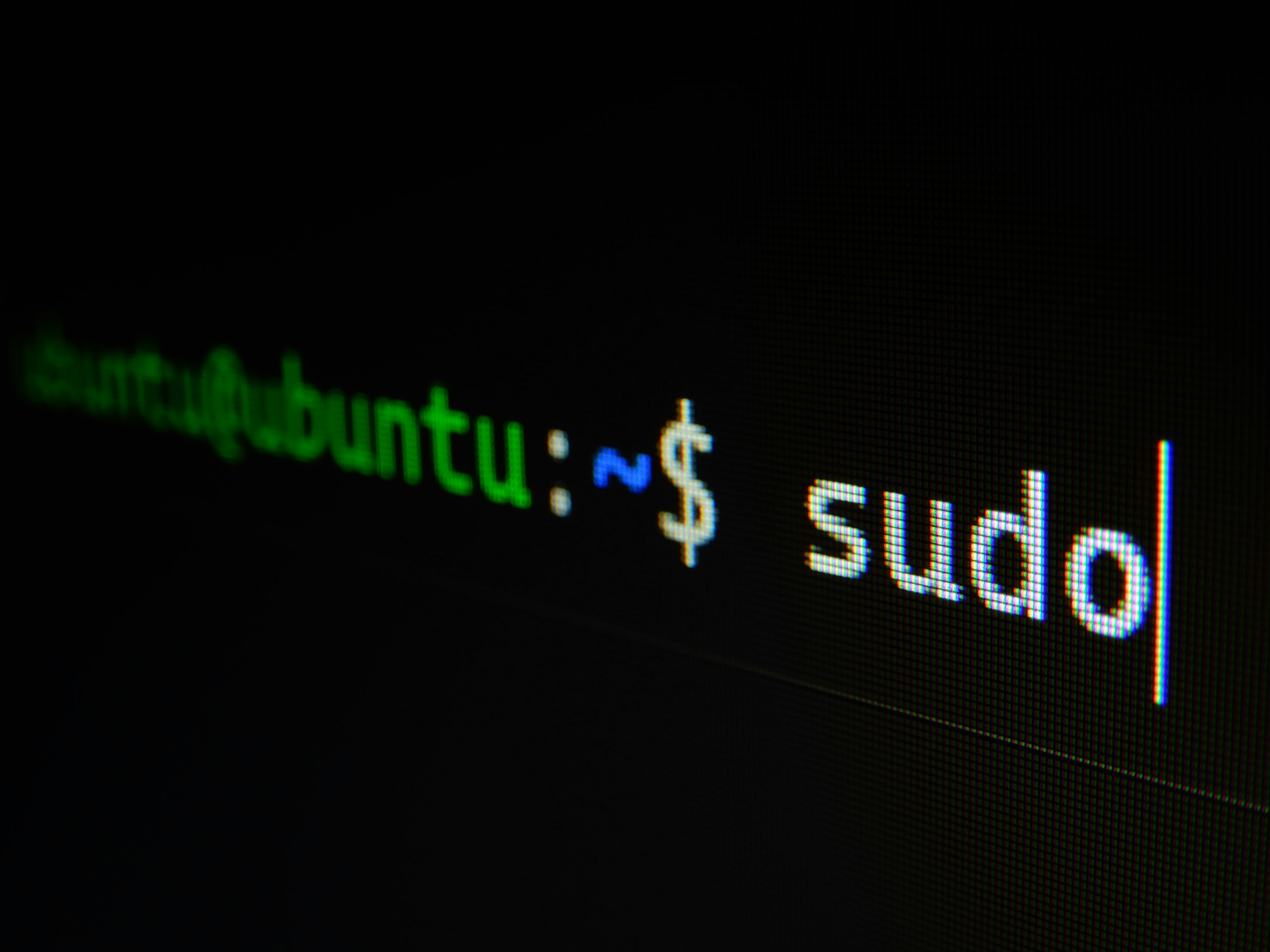Getting Started with Linux: Essential Commands for Beginners
 Nischal Baidar
Nischal Baidar
Linux is a powerful and versatile operating system, loved by developers, system administrators, and tech enthusiasts alike. It's open-source, highly customizable, and perfect for those who enjoy understanding how their system works at a deeper level. If you’re new to Linux, learning some basic commands will help you navigate the system more effectively. This blog will introduce you to some essential Linux commands and how to use them.
1. Navigating the File System
Just like any other operating system, Linux has a file system that organizes files and directories. Here are a few basic commands to get around:
pwd: Print Working Directory
This command displays the current directory you’re in.$ pwd /home/nischalls: List Files
This command lists all the files and directories in the current directory.$ ls Documents Downloads Pictures Musiccd: Change Directory
Usecdto move to another directory. For example, to move to theDocumentsdirectory:$ cd DocumentsYou can use
cd ..to move back one directory.
2. Managing Files and Directories
Linux allows you to easily create, delete, and move files and directories. Here are some basic file manipulation commands:
mkdir: Make Directory
Create a new directory withmkdir.$ mkdir my_new_directorytouch: Create a New File
Create an empty file using thetouchcommand.$ touch newfile.txtrm: Remove Files or Directories
Usermto delete files or directories. Be careful when using this, as it deletes files permanently!$ rm oldfile.txtFor directories, use the
-roption to delete recursively:$ rm -r my_directorycp: Copy Files or Directories
To copy files, usecp. To copy a directory and its contents, use the-roption.$ cp file.txt /home/nischal/Documents $ cp -r folder_name /home/nischal/Backupmv: Move or Rename Files
Usemvto move or rename files and directories.$ mv file.txt /home/nischal/Documents # Move file $ mv oldname.txt newname.txt # Rename file
3. Viewing and Editing Files
Linux provides several ways to view and edit files directly from the terminal:
cat: Concatenate and Display Files
Usecatto display the contents of a file.$ cat file.txtnano: Text Editor
nanois a simple text editor you can use in the terminal to edit files.$ nano file.txtless: View Files
Uselessto view long files page by page.$ less largefile.txt
4. System Monitoring and Information
Linux also gives you the ability to monitor system resources and check system information with ease:
top: Task Manager
Thetopcommand displays a real-time view of system processes, including CPU and memory usage.$ topdf: Disk Space Usage
dfshows you the amount of disk space used on your system.$ df -hdu: Disk Usage
Useduto check the size of a specific directory or file.$ du -sh /home/nischal/Documentsuname: System Information
unameshows system information, such as the kernel version.$ uname -a
5. Package Management
Linux systems use package managers to install, update, and remove software. Depending on the distribution you are using, you will use different commands:
apt(for Ubuntu/Debian systems):
Useaptto install new software.$ sudo apt update # Update the package list $ sudo apt install vim # Install a new program (e.g., vim)yum(for CentOS/RHEL systems):
Similar toapt, but used in Red Hat-based systems.$ sudo yum install vim
6. Working with Permissions
Linux is known for its robust security, and part of that is file permissions. Each file and directory has permissions that control who can read, write, and execute it.
chmod: Change File Permissions
Usechmodto modify file or directory permissions.$ chmod +x script.sh # Give execute permissionchown: Change Ownership
Usechownto change the owner of a file.$ sudo chown nischal file.txt
Final Thoughts
Learning Linux commands can seem daunting at first, but with practice, you'll get the hang of it quickly. These basic commands will help you navigate, manage files, and get to know your Linux system better. There’s so much more you can do with Linux, from advanced scripting to system administration, but mastering the basics is the first step toward becoming a Linux power user!
Subscribe to my newsletter
Read articles from Nischal Baidar directly inside your inbox. Subscribe to the newsletter, and don't miss out.
Written by
